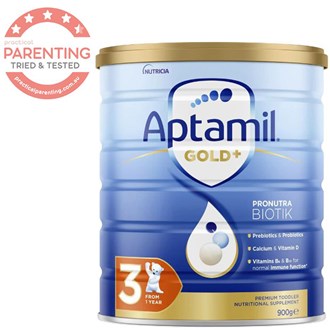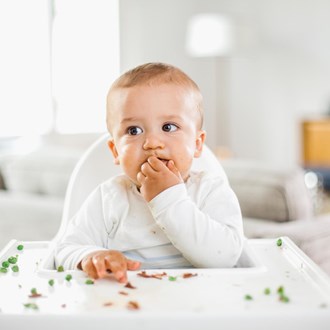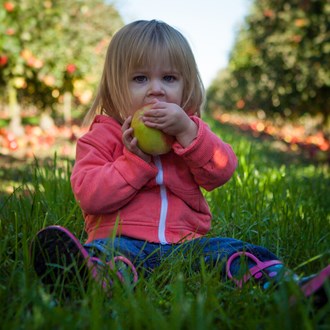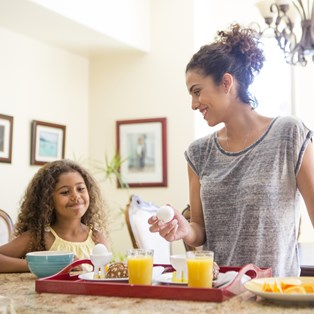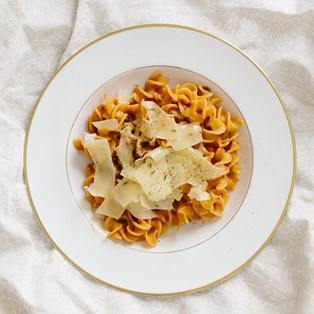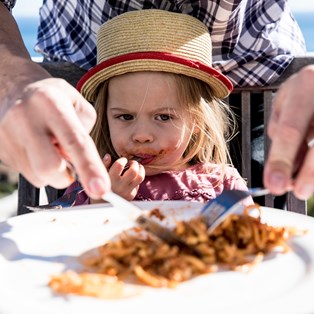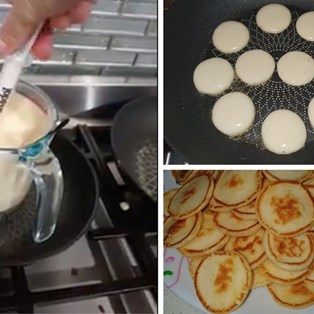Confused about ‘healthy’ snacks for kids?
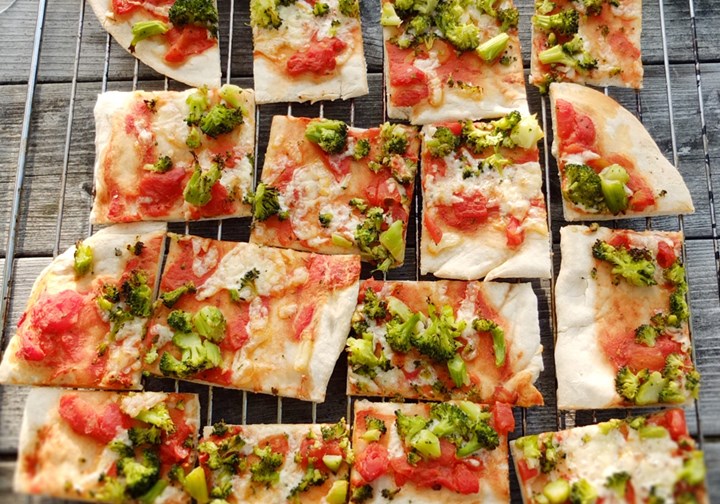
Tackle the tricky world of treats
By Livia Gamble
May 21 2019
Treat foods have some how snuck their way into our daily lives, with a recent report suggesting that more than 35 per cent of our food intake comes from discretionary foods, including sweetened beverages, cakes, confectionery, potato chips and pastries. While this data is relevant to people of all ages, our children’s eating habits develop in their first few years, with parents’ eating habits a major influence on their child’s diet quality.
There is a fine line between overconsumption of treat foods and developing fears around unhealthy foods for kids. Try not to group foods into ‘good’ and ‘bad’ but instead talk about foods for energy (slow-release carbohydrates, such as fruit, whole grains and sweet potato), foods for strong muscles (meats, fish, eggs, beans and dairy), and foods for glowing skin and healthy tummies (fruit and vegetables).
Banning isn’t the answer
Some studies have suggested that children who are not allowed treats within their diet overeat them when they are made available (such as at birthday parties and school events), compared to children who are allowed to consume treats on occasion. Keep treats in the right proportion to other food groups and enjoy them as a ‘treat’, for example during a special family outing on the weekend where everyone enjoys an ice-cream together, or dessert on a Friday night. Avoid using treats to bribe your little one as this can lead to overeating and increase food fussiness.
If you find it difficult to regulate your child’s treat food intake, avoid keeping them in the house. If a child knows their favourite packet of savoury biscuits is in the cupboard they can be less likely to eat the healthy snack provided to them. Soft drinks and cordials really shouldn’t be included in the diets of young children due to the high energy and sugar content and complete lack of nutrients.
Babies don’t need treats, with their little kidneys unable to process salt at the same level as older children and adults. The high sugar content in treat foods can also condition little tastebuds to crave sweet foods and prevent them from eating more nourishing foods, essential for their growth and development. Avoid giving sweets, takeaways, and chips, and don’t put anything other than their formula, breast milk or boiled, cooled water in their bottles. Sweet drinks in bottles, particularly at sleep time, can cause tooth decay and is a major cause of rapid weight gain.
Sugar on food labels
Reading food labels is essential to understand the nutritional quality of a food. When looking at sugars on the label, generally aim for less than 10g per 100g (10%). For a more specific idea of the sugar content of the food, look at the ‘per serve’ column and divide the sugar by four to calculate approximate teaspoons, making sure the serving size on the label is the same as the serve being given. For example, if sugar is 40g per serve, this would be equivalent to around 10 teaspoons of sugar. This is a particularly useful calculation for drinks, with many varieties, including ‘flavoured waters’, containing four to 10 teaspoons of sugar per serve.
Distinguishing where the sugar is coming from is also important, as while fruit and dairy provide some naturally occurring sugars, they are also a powerhouse of vitamins and minerals. Ingredients lists are in descending order, with the most predominant ingredient listed first. If you see sugar (or sugar alternatives) within the first few ingredients, it’s likely to be a major proportion of the product. If the sugar is instead coming from milk or fruit rather than added sugars, you can be more flexible with the numbers on the nutrition panel.
Healthier treats
CUT IT IN HALF The portion of treat food will determine whether your little one will get a blood sugar peak and drop, as well as how well they will eat for the remainder of the day.
BANANA NICE CREAM Blend frozen banana in a food processor until smooth and creamy and serve as is or with a dollop of peanut butter.
BLISS BALLS Create your own flavours, including caramel or choc-orange by blending nuts and seeds with dates and/or cocoa or cacao.
FRUIT ICE BLOCKS Thread pieces of chopped fruit onto a paddle pop stick and drizzle with a little melted chocolate before freezing. This also works particularly well using a banana that has been cut in half.
CHOCOLATE SPREAD Blend together hazelnuts and a little melted dark chocolate until well combined. Use as a treat to spread on fruit toast or as a dip for fruit kebabs.
APPLE AND SULTANA PANCAKES Stew together peeled, cored apple pieces and sultanas with a little cinnamon and water. Place the drained stewed fruit onto thin pancake and roll to enclose the filling. Chop into sushi-sized serves.
Try a savoury treat
TODDLER TAPAS Put together a little plate of cheese cubes, dip and crackers, popcorn, a few slices of fruit and some cubes of cured meat such as smoked ham.
MINI PIZZA Top mini pizza bases or lavash bread with tomato paste, tomato slices and a little cheese, or with ham, pineapple and cheese, and bake until crispy and golden.
BAKED SWEET POTATO CHIPS Chop sweet potato into wedges and par-cook in boiling water for 5 minutes. Remove, coat in olive oil, sprinkle with Moroccan spice and bake in a hot oven until golden and crisp.
SUSHI Try homemade, or go out for a little snack as a family.
GUACAMOLE AND TOASTED LAVASH BREAD Mash together avocado, lime juice, olive oil and chopped tomato and serve with toasted lavash bread or plain corn chips.

